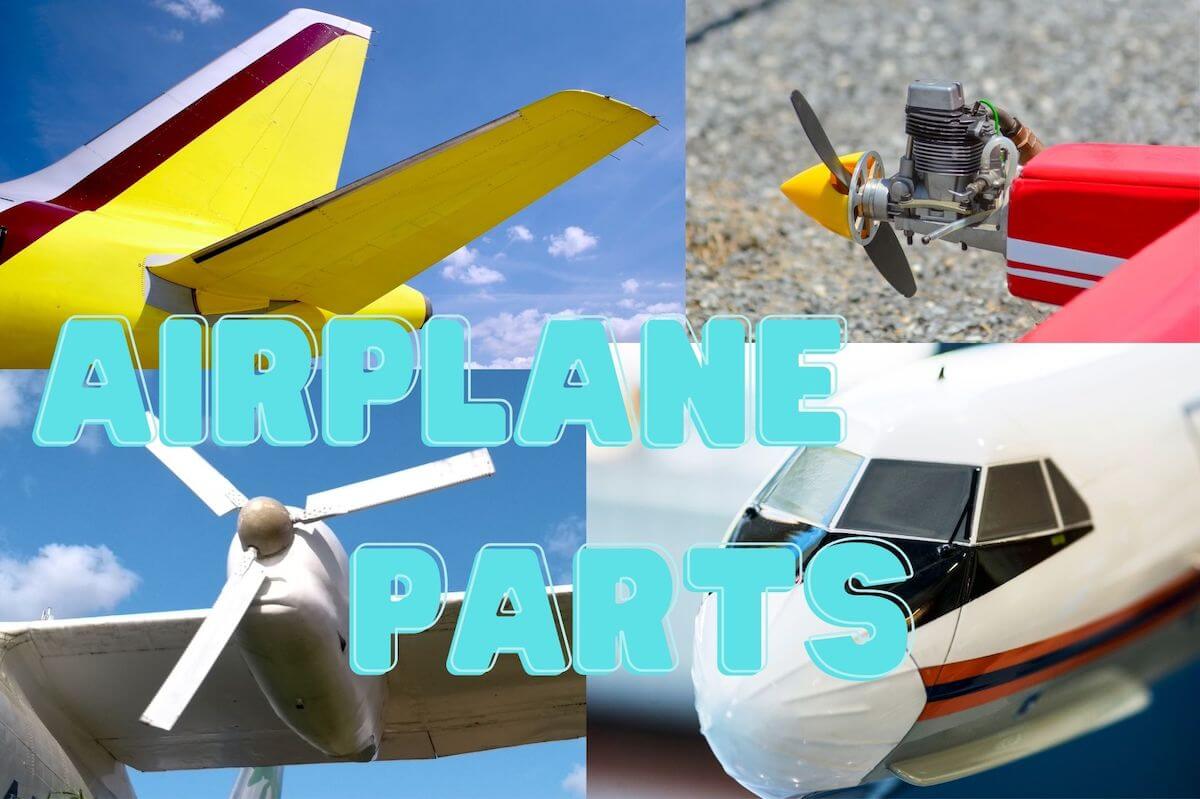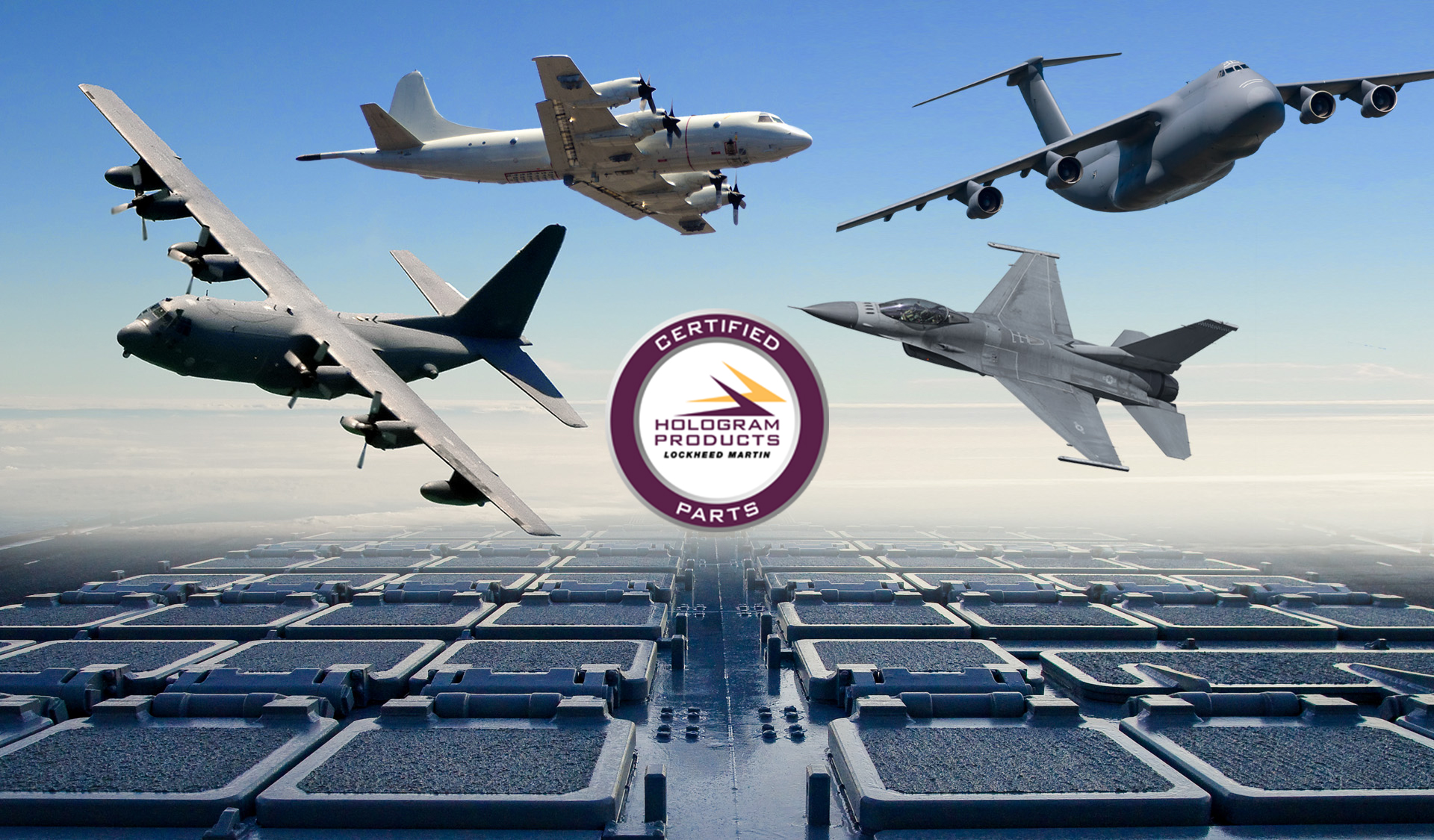List Of Aircraft Parts - This page shows the parts of the aircraft and their functions. An airplane is a means of transport for transporting people and goods from one place to another. Aircraft come in various shapes and sizes depending on the purpose of the aircraft. The aircraft shown on this slide is the turbine engine aircraft selected by the representative.
In order for any plane to fly, it must lift the weight of the plane, fuel, passengers and cargo. Wings create most of the lift to keep the plane in the air. To create lift, the plane must be pushed into the air. Air resists motion in the form of aerodynamic drag. Modern aircraft use wingtip fins to reduce drag. Turbine engines located under the wings provide thrust and thrust for the aircraft. Smaller, slower aircraft use propellers in their propulsion systems instead of turbine engines.
List Of Aircraft Parts

Small wings are located at the tail of the aircraft to control and maneuver the aircraft. The tail usually has a fixed horizontal section called the horizontal stabilizer and a fixed vertical section called the vertical stabilizer. The role of the stabilizer is to stabilize the aircraft and keep it flying straight. The vertical stabilizer prevents the nose of the aircraft from tilting to the side, a condition known as yaw. The horizontal stabilizer prevents the nose from moving up and down, which is called pitch. (In the Wright brothers' first aircraft, horizontal stabilizers were placed in front of the wings. Such a configuration was called a canard, the French word for "duck").
Ic A23 Handheld Aircraft Transceiver Held To Face Parts List/tune Up Info A23_logic_parts.pdf Icom Orporated
At the rear of the wing and stabilizer are small moving parts that are attached to hinged parts. In the picture, these moving parts are brown. Changing the trailing edge of the wing changes the amount of force generated by the wing. The ability to change the power of the force allows the aircraft to be controlled and controlled. The hinged part of the vertical stabilizer is called the rudder; Used to tilt the tail left and right when viewed from the front of the fuselage. The hinged part of the horizontal stabilizer is called the elevator; It is used to tilt the tail up and down. The outer hinged part of the wing is called an aileron; It is used to turn the wings sideways. Most airliners can roll sideways with spoilers. Spoilers are small plates used to alter the amount of downforce by disrupting the flow over the wing and reducing lift when the spoiler is deployed.
Wings have an additional back flap near the body, called a flap. To increase the amount of force out of the wing, the flaps are pointed down during takeoff and landing. The leading edge of the wing of some aircraft is tilted. The panels are used to generate additional power during takeoff and landing. Spoilers are used during landing to reduce the speed of the aircraft and prevent the flaps from breaking when the aircraft is on the ground. The next time you fly an airplane, notice how the shape of the wing changes during takeoff and landing.
The airframe, or fuselage, holds all the components together. The pilots are sitting in the front cockpit. Passengers and cargo are carried in the rear of the trunk. Some aircraft carry fuel in their fuselage; Others carry fuel on their wings.
As mentioned above, the configuration of the aircraft in the picture is chosen only as an example. A solo flight can be set up very differently than this flight. The Wright brothers' 1903 Flyer had a pusher propeller and an elevator at the front. Fighter jets often have jet engines buried in the fuselage instead of hanging under the wings. Many fighter jets combine the horizontal stabilizer and elevator into a single stabilizer surface. There are many possible flight configurations, but any configuration must provide the four forces required for flight. The need for large-scale air transport is important to the commercial aircraft industry. As one of the world's most important industries, airlines are important to many sectors of the global economy, from international business and tourism to the constant movement of people and goods, heavy machinery, agricultural products, and personal belongings. America has the most airlines and buys the most planes. Other countries have major flag carriers and, in some cases, private airlines within the region. New independent low-cost carriers in the US and Europe, particularly those flying short intercity routes, are becoming increasingly important customers.
A Holiday Wish List For Canada's Aerospace Sector
A small civil airliner with 15 to 100 seats, usually used as regional or local transport, can be a turboprop or a jet. Although the United States leads most aircraft production, it does not dominate the regional service aircraft market. The ATR (Aviance de Transport Regionale) consortium, a partnership between French Aerospace and Italy's Eritalia, has established itself as a market leader in turboprops. Other firms include Bombardier, Fairchild Dornier, Saab and the Dutch Fokker Group, which until its bankruptcy in 1996 had an extensive line of domestic turboprops and jets. Manufacturers outside the Western Group include Brazil's Embraer, Indonesia's IPTN (Industri Pesavat Terbang Nusantara), and Russia's Ilyushin, Yakovlev, and Tupolev.
In the field of large commercial aircraft with 100 to 550 seats, competition and huge investment risks have reduced the number of suppliers competing in the global market to two: Boeing and Airbus. Together, these companies offer 11 different aircraft families with multiple variants to meet customer needs. Their clients are airlines, cargo carriers, and leasing companies. At the beginning of the 21st century, the major industries of the former Soviet Union were at a dead end, but design bureaus such as Tupolev of Russia, Ilyushin, and Antonov of Ukraine sought Western cooperation and investment to maintain production and sought to acquire customers outside the former Soviet Union. Union. Blocking.
The majority of military aircraft are fighters, followed by bombers, carrier-tankers, surveillance and patrol aircraft, and various types of propeller and jet trainers. As with commercial aircraft, the complexity of the technology and huge capital requirements have reduced the number of suppliers. Also, the end of the Cold War led to a sharp decline in the need for military aircraft worldwide, even though the conflicts in the Persian Gulf and the Balkans in the 1990s recognized the need for a large air force. Some developing countries purchase or manufacture fighter and trainer aircraft for their own needs to maintain their local space/defense industries. (In some cases, procurement contracts with foreign suppliers include provisions for indigenous development and assembly and subsequent transfer of technical knowledge and skills.)

In the United States, two companies manufacture fighter jets - Boeing and Lockheed Martin. An example of more companies involved in fighter aircraft production in Europe than in the United States is the Eurofighter Typhoon, developed in the mid-1980s and 1990s by Dasa of Germany, British Aerospace, Alenia of Italy, and CASA of Spain. In 1994. Independent companies with small fighter jet programs include France's Dassault and Sweden's Saab. European manufacturers offer fighter jets with stealth characteristics comparable to those of the United States globally. Only Sukhoi and MiG are actively producing fighter jets in Russia. Some companies such as Japan's Mitsubishi, Kawasaki and Fuji, Taiwan's Aero Industry Development Center, and India's Hindustan Aeronautics Limited are engaged in indigenous production for national consumption.
Items Piper Cub Pa 11 Special Parts List/ Service Bulletins & Specs. Original
Military transport aircraft are used to transport troops and materials such as tanks, vehicles and helicopters. With modifications, they (as well as commercial aircraft) act as in-flight refueling tanks. Compared to cargo versions of commercial aircraft, military transporters have special features such as short take-off and landing capabilities, loading ramps, air landing capabilities, and parachute doors. In the United States, Boeing manufactures the C-17 Globemaster III with four turboprops. Airbus Military, a subsidiary of Airbus Industry, leads a multinational group leading the development of the four-turbo A400M transport vehicle for European air forces. Ukrainian manufacturer Antonov makes a number of vehicles, including the An-225 Mrya, a 6-turbo-propellant heavy-lifter designed for the Soviet space program.
With the advent of missiles after World War II, and then the end of the Cold War, the need for new strategic bombers became limited. Only one model, the 1980s Northrop Grumman B-2 Flying Wing, has recently been produced in the United States. The stealth bomber B-2, with a 23-ton weapon capacity, is the world's most expensive aircraft. It costs about $1 billion per plane.
Affordable light sport aircraft, light sport aircraft flight training, light sport aircraft insurance, fastest light sport aircraft, light sport aircraft manufacturers, light sport aircraft flight training near me, light sport aircraft, light sport aircraft kits, best light sport aircraft, light sport aircraft training near me, light sport aircraft license, light sport aircraft sales
0 Comments